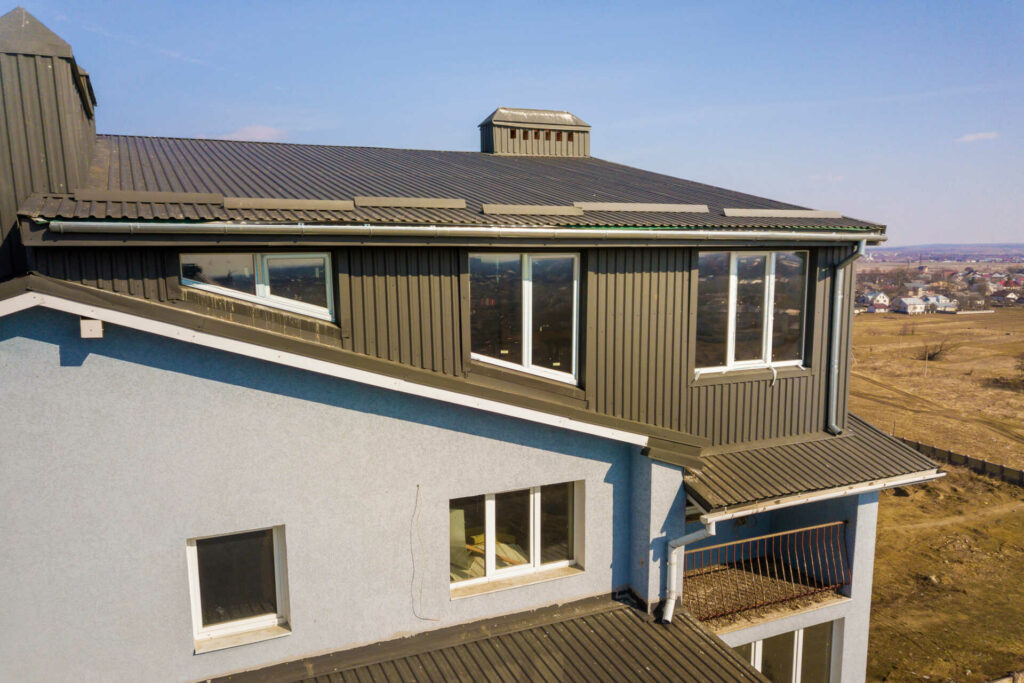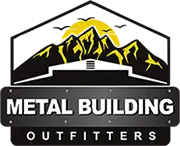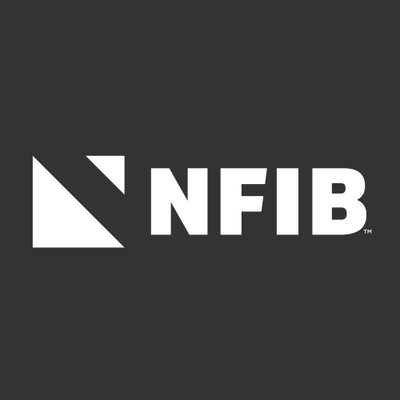
Contents
When it comes to metal building installation, the clock is always ticking, and efficiency is key. You may be wondering how to cut down on construction time without compromising quality or safety.
Well, there are some swift strategies and techniques that can help you achieve a speedy metal building erection process. From planning to execution, each step plays a crucial role in expediting the installation process.
But what are these quick methods, and how can they streamline the construction timeline effectively? Let’s explore some of the most efficient approaches to metal building installation that can save you valuable time and resources.
Key Takeaways
- Conduct thorough soil testing to determine load-bearing capacity before starting the foundation work.
- Prioritize proper alignment and secure fastening techniques during panel assembly and wall erection for structural stability.
- Choose durable roofing materials and follow strict safety measures during roof installation to ensure longevity and safety.
- Install insulation based on R-value, durability, and fire safety considerations for energy efficiency and moisture control.
Site Preparation
Before commencing the metal building installation process, ensure that the site has been adequately cleared and leveled to facilitate smooth construction. Ground leveling is a critical first step in preparing the site for your metal building. Start by removing any vegetation, rocks, or debris from the area. This ensures a stable foundation for your structure and prevents any potential damage in the future. Use a transit level to check the slope and make necessary adjustments to ensure the ground is level.
Soil testing is another essential aspect of site preparation. Conducting a soil test helps determine the load-bearing capacity of the soil and its compaction characteristics. This information is vital for designing the foundation of your metal building. A professional engineer can analyze the soil test results and recommend the appropriate foundation type based on the soil’s properties.
Once the ground has been leveled and soil testing completed, mark the layout of your metal building using stakes and string lines. This step helps visualize the dimensions of the structure and ensures accurate placement during the installation process. Taking the time to properly prepare the site before starting the metal building installation will save you time and effort in the long run.
Foundation Work
Leveling the ground and conducting soil tests are crucial steps that set the foundation work in motion for your metal building installation. To ensure a sturdy base for your structure, follow these essential guidelines:
- Excavation Process: Begin by excavating the site to the required depth and dimensions. Heavy machinery, like excavators, are used to remove soil and create a level surface for the foundation. It’s essential to dig precisely according to the building plans to accommodate the foundation design accurately.
- Soil Testing: Conduct thorough soil tests to determine its load-bearing capacity and composition. This information is crucial for deciding the type and depth of the foundation needed. Different soils have varying strengths and will require specific foundation designs to ensure structural integrity.
- Concrete Pouring: Once the excavation is complete and the soil has been tested, it’s time to pour the concrete foundation. Ensure the concrete mix is of high quality and is poured evenly into the excavated area. Proper concrete pouring is vital for the foundation’s strength and durability.
- Steel Framing: After the concrete has cured, the steel framing can be installed on the foundation. The steel frame provides the structural integrity of the building, supporting the walls, roof, and overall stability of the metal structure.
Panel Assembly
When assembling panels for metal building installation, ensure proper alignment for a seamless fit.
Utilize correct fastening techniques to secure panels in place effectively.
Optimize efficiency by implementing smart handling practices during panel assembly.
Panel Alignment Tips
For precise panel alignment during assembly, ensure each panel’s edges align perfectly before securing them in place. Panel adjustment is crucial to overcome alignment challenges and achieve a seamless finish. Follow these tips for optimal panel alignment:
- Use Alignment Tools: Employ tools like clamps and straight edges to ensure panels are perfectly aligned.
- Check for Level: Verify that panels are level both vertically and horizontally to prevent misalignment.
- Adjust as Necessary: Make small adjustments as needed to correct any misalignments before finalizing the panel placement.
- Maintain Consistency: Ensure each panel is aligned uniformly to maintain a cohesive look across the structure.
Proper Fastening Techniques
To ensure the structural integrity of your metal building, employ precise and secure fastening techniques during panel assembly. Fastening efficiency is key to speeding up the installation process. Use precision fastening methods for quick assembly and a sturdy final structure.
Start by aligning the panels accurately before fastening them together. Utilize self-drilling screws or bolts to securely join the panels, ensuring they’re tightly connected. Be mindful of the recommended fastening pattern and torque specifications provided by the manufacturer to guarantee a strong and durable assembly.
Efficient Panel Handling
Efficiently handling metal panels during assembly is crucial for streamlining the installation process and ensuring a robust final structure. To optimize panel handling, consider the following:
- Crane Operation: Properly operating cranes for lifting and placing metal panels enhances efficiency and safety.
- Equipment Efficiency: Ensure all handling equipment is in optimal condition to prevent delays and accidents.
- Crew Coordination: Effective communication and coordination among team members are essential for seamless panel handling.
- Timeline Optimization: Develop a detailed timeline for panel assembly to maximize efficiency and meet project deadlines.
Roof Installation
When choosing roofing materials for your metal building, ensure they meet the required specifications for durability and weather resistance.
Familiarize yourself with the various installation techniques available, such as standing seam or through-fastened systems, to determine the most suitable method.
Prioritize safety by adhering to proper installation protocols and utilizing necessary protective gear during the process.
Roofing Materials Selection
Consider various factors when selecting roofing materials for your metal building installation. Factors include climate, budget, and durability. Here are some key points to keep in mind:
- Cost-effective options: Look for materials that provide a good balance between cost and quality.
- Energy-efficient solutions: Choose materials that can help reduce energy consumption and costs over time.
- Durability: Opt for materials that can withstand the weather conditions in your area to ensure long-lasting performance.
- Maintenance requirements: Select materials that are easy to maintain and repair to extend the lifespan of your roof.
Installation Techniques Overview
When selecting roofing materials for your metal building installation, ensuring a seamless and efficient roof installation is crucial for long-term performance and durability. Proper material handling and utilization of construction equipment are essential in achieving a well-executed roof installation.
To begin, organize roofing materials near the installation site to reduce handling time and streamline the process. Utilize construction equipment such as cranes or forklifts for lifting and placing heavy roofing components accurately. Pay attention to the manufacturer’s guidelines for installation to ensure the roof is assembled correctly.
Effective project management plays a vital role in coordinating the roof installation process, ensuring all tasks are completed efficiently. By incorporating these techniques, you can achieve a successful roof installation for your metal building project.
Safety Measures During Installation
To ensure the safety of personnel and the successful completion of the roof installation for your metal building project, adhere strictly to recommended safety protocols and guidelines. When it comes to roof installation, safety is paramount. Here are four crucial safety measures to follow:
- Safety Training: Ensure all personnel involved in the roof installation have received adequate safety training, including how to use safety equipment correctly.
- Equipment Maintenance: Regularly inspect and maintain all equipment used during the installation process to ensure they’re in proper working condition.
- Fall Protection: Implement fall protection measures such as guardrails, safety nets, or personal fall arrest systems to prevent accidents.
- Weather Monitoring: Keep an eye on weather conditions and halt installation if there’s a risk of severe weather to prevent accidents.
Wall Erection
Efficiently position the metal wall panels by ensuring proper alignment with the foundation. To guarantee structural integrity, wall reinforcement and corner bracing are essential components of the installation process. These elements provide stability and prevent potential shifting or damage over time. When erecting metal walls, it is crucial to follow manufacturer guidelines for proper installation techniques.
Table: Wall Erection Components
| Component | Description |
|---|---|
| Wall Reinforcement | Ensures strength and stability of the walls, preventing structural vulnerabilities. |
| Corner Bracing | Adds extra support at the corners, reducing the risk of twisting or collapsing. |
| Insulation Options | Enhances energy efficiency and creates a more comfortable indoor environment. |
| Vapor Barrier | Controls moisture levels within the building, preventing condensation and corrosion. |
When considering insulation options, it’s important to factor in the specific needs of the building and its occupants. Additionally, understanding vapor barrier requirements is crucial to maintaining the longevity of the structure. By carefully selecting and implementing these components during the wall erection process, you can contribute to the durability and efficiency of the metal building.
Door and Window Placement
For optimal structural integrity and functionality, strategic placement of doors and windows in metal buildings is crucial. When considering door and window placement, several factors should be taken into account to ensure a successful installation process and a well-designed final product. Here are some essential considerations to keep in mind:
Installation Challenges
- Structural Integrity: Doors and windows must be placed in a way that doesn’t compromise the overall strength of the metal building.
- Weatherproofing: Proper sealing and installation techniques are essential to prevent water leakage and ensure the longevity of the building.
Design Considerations
- Natural Light: Positioning windows strategically can enhance natural light intake, reducing the need for artificial lighting during the day.
- Ventilation: Placing windows to facilitate airflow can improve the building’s ventilation system and overall comfort.
When facing installation challenges, such as ensuring the structural integrity of the building while managing weatherproofing, it’s crucial to work with experienced professionals who understand the intricacies of metal building construction. By carefully considering design elements like natural light and ventilation during the planning phase, you can create a metal building that not only meets your functional needs but also provides a comfortable and efficient space for its intended use.
Insulation Installation
Proper insulation installation is crucial for maintaining energy efficiency and regulating temperature within a metal building. When insulating your metal building, you need to consider factors such as energy efficiency and moisture control. Here are some essential points to keep in mind for effective insulation installation:
Key Considerations for Insulation Installation:
| Consideration | Description | Importance |
|---|---|---|
| Energy Efficiency | Proper insulation helps reduce heat transfer, leading to energy savings. | High |
| Moisture Control | Insulation acts as a barrier against moisture, preventing mold and decay. | High |
| Material Selection | Choose insulation materials based on R-value, durability, and fire safety. | Medium |
| Installation Method | Proper installation techniques ensure maximum effectiveness of insulation. | High |
Finishing Touches
To enhance the durability and aesthetics of your metal building, attention to detail in the finishing touches is essential. The final steps in completing your metal building installation play a crucial role in ensuring its longevity and visual appeal. Here are some key considerations for the finishing touches:
- Painting Process: Opt for high-quality paint specifically designed for metal surfaces. Properly preparing the metal surface by cleaning and priming it will ensure a smooth and long-lasting finish that protects against corrosion and rust.
- Exterior Trim: Installing durable and weather-resistant trim around doors, windows, and corners not only adds a polished look to your metal building but also helps seal gaps and prevent water infiltration.
- Weatherproofing Solutions: Seal any gaps or joints with weatherproof sealants to prevent water leaks and air infiltration. Additionally, consider installing weather stripping around doors and windows to enhance insulation and energy efficiency.
- Interior Design: While focusing on the exterior is crucial, don’t neglect the interior design of your metal building. Choose appropriate insulation materials and finishes that not only enhance the aesthetics but also contribute to a comfortable and functional interior space.
Summary
By following the proper steps for metal building installation, such as:
- Site preparation
- Foundation work
- Panel assembly
- Roof installation
- Wall erection
- Door and window placement
- Insulation installation
- Finishing touches
You can ensure a quick and efficient construction process. By utilizing these methods, you can save time and resources while still achieving a high-quality metal building structure.
Remember to adhere to safety guidelines and consult with professionals when needed to ensure successful project completion.
Recent Posts
Building Strong Steel Structures for Heavy Machinery
When constructing steel structures to support heavy machinery, precision is key. Each element, from the
Efficient Construction of Large Metal Warehouses
When it comes to the optimization of building substantial metal storage facilities, one must consider
Why Choose Energy-Efficient Metal Warehouse Construction?
When it comes to selecting the construction method for your warehouse, choosing energy-saving metal construction


